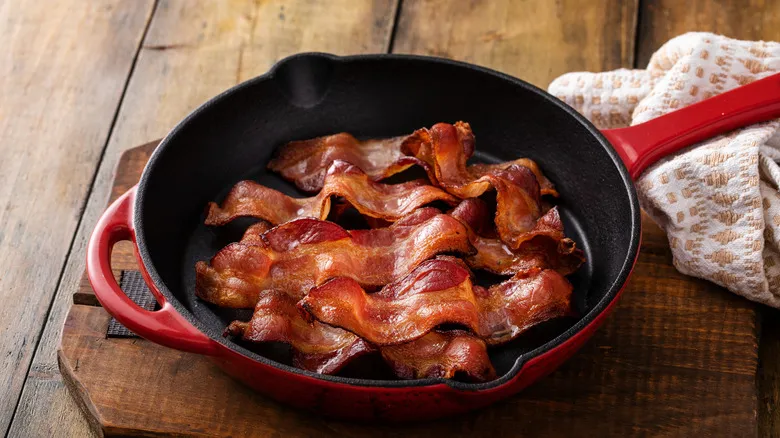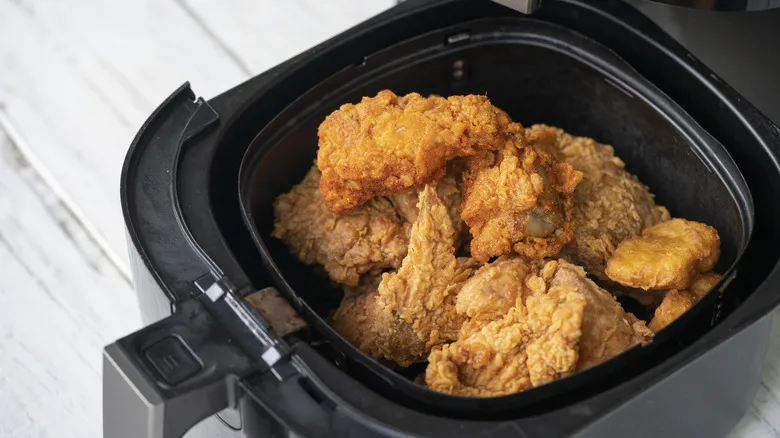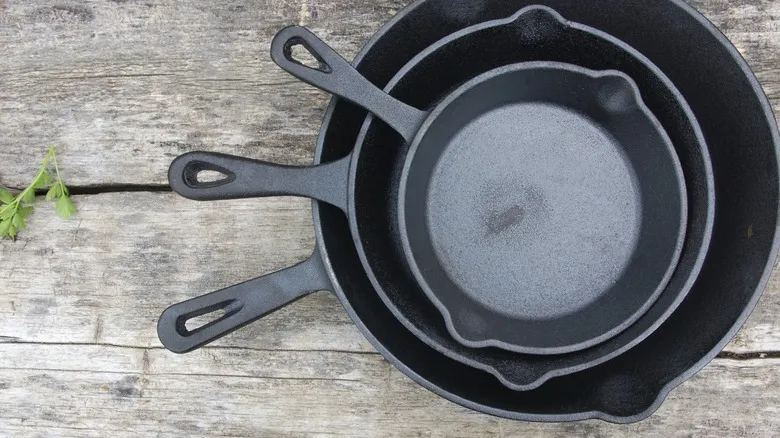How to safely cook with cast iron on a glass-top stove

One of the most common misconceptions about cast-iron skillets is that they should be stored away if you have a glass cooktop. However, there are several important steps you can take to reduce or eliminate the risk of damage. A crucial tip is to ensure your cast iron is thoroughly cleaned before use. Club soda can be a great solution for tackling any stubborn, stuck-on food or residue. If you skip this step, food can become carbonized from the heat, potentially staining both your stovetop and the pan. While it's possible to remove burnt-on stains with baking soda and some effort, it's best to avoid this situation altogether.
Cast iron is also known for its uneven heating, which can create hot spots that may lead to thermal shock and damage the cooktop. Therefore, it's advisable to heat cast iron slowly on a glass cooktop, starting at a low temperature and gradually increasing it to promote more even heat distribution.
Additionally, be mindful that your cookware should not exceed an inch larger than the burner it’s placed on; otherwise, the edges of the pot may not heat properly. Opt for the smallest and lightest cast-iron pots or pans available. To prevent scorching, it's also wise to remove your cast-iron cookware from the stove immediately after cooking, rather than allowing it to cool down on the burner.
Recommended

The Trick To Making Air-Fried Foods Taste And Feel Like They're Deep-Fried

How To Use A Crock-Pot Like A Pro

The Basic Pantry Staple That Removes Stuck-On Food From Cast Iron Pans

The Worst Caviar Mistake You Can Make Starts With The Spoon
Next up

